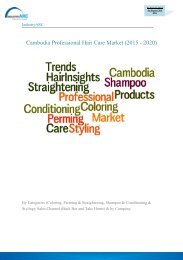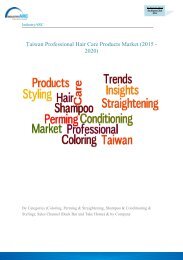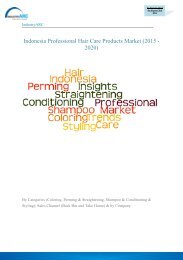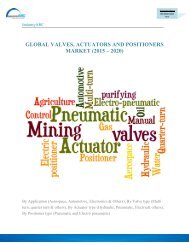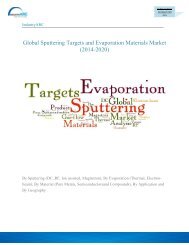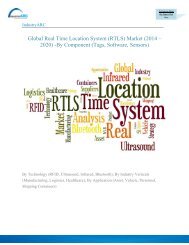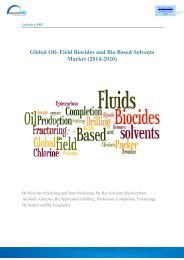Global Functional Printing Market (2015 – 2020)
Functional Printing Market is categorized into two different materials such as Substrates, inks, conductors and Semi-conductors. Again the substrates materials include glass, paper, plastics, metals, whereas inks include conductive inks, dielectric inks and Graphene inks. Polymer, metal filled plates, metallic nanoparticles, carbon Nanotubes come under conductor materials and small molecules, amorphous polymers, semi crystalline polymers and Carbon Nanotubes fall under semiconductor materials.
Functional Printing Market is categorized into two different materials such as Substrates, inks, conductors and Semi-conductors. Again the substrates materials include glass, paper, plastics, metals, whereas inks include conductive inks, dielectric inks and Graphene inks. Polymer, metal filled plates, metallic nanoparticles, carbon Nanotubes come under conductor materials and small molecules, amorphous polymers, semi crystalline polymers and Carbon Nanotubes fall under semiconductor materials.
Create successful ePaper yourself
Turn your PDF publications into a flip-book with our unique Google optimized e-Paper software.
To Enquire About<br />
the Report Click<br />
Here<br />
THE ARC ADVANTAGE<br />
An analytical model lies at the core of our process, ensuring logical consistency throughout our<br />
research. We complement the model with secondary data and interviews with industry experts to<br />
reflect the latest trends. With our final expert validation, we provide you with only the most<br />
accurate and actionable intelligence.<br />
THE ARC PROCESS<br />
Analytical<br />
Method<br />
Base Method<br />
Consolidation<br />
Method<br />
Delphi<br />
Verification<br />
1. Granular<br />
breakdown of<br />
drivers into<br />
factors<br />
2. Validate all<br />
factors in terms<br />
of their present<br />
impact on the<br />
market<br />
3. Assign weights<br />
to these factors in<br />
terms of their<br />
relevance and<br />
impact on the<br />
market<br />
1. Get a topdown<br />
estimate of<br />
the market<br />
2. Follow it up<br />
with a bottom-up<br />
estimate of the<br />
market<br />
3. Check<br />
forconsistency<br />
and new growth<br />
factors that are<br />
relevant over the<br />
next 10 Years<br />
1. Granular<br />
breakdown of<br />
drivers into<br />
factors<br />
2. Validate all<br />
factors in terms<br />
of their present<br />
impact on the<br />
market.<br />
3. Assign weights<br />
to these factors in<br />
terms of their<br />
relevance and<br />
impact on the<br />
market.<br />
1. Verify the<br />
findings of the<br />
model with<br />
experts from<br />
across the value<br />
chain<br />
2. Verify the<br />
findings with<br />
players across<br />
small and large<br />
enterprises<br />
3. Tweak the<br />
model and add<br />
new factors<br />
4. Build the<br />
Analytical Model<br />
4. Build the Base<br />
model<br />
4. Build the<br />
Consolidated<br />
Model<br />
4. Finalize the<br />
ARC Model<br />
ANALYTICAL MODEL BASE MODEL CONSOLIDATED MODEL ARC MODEL




